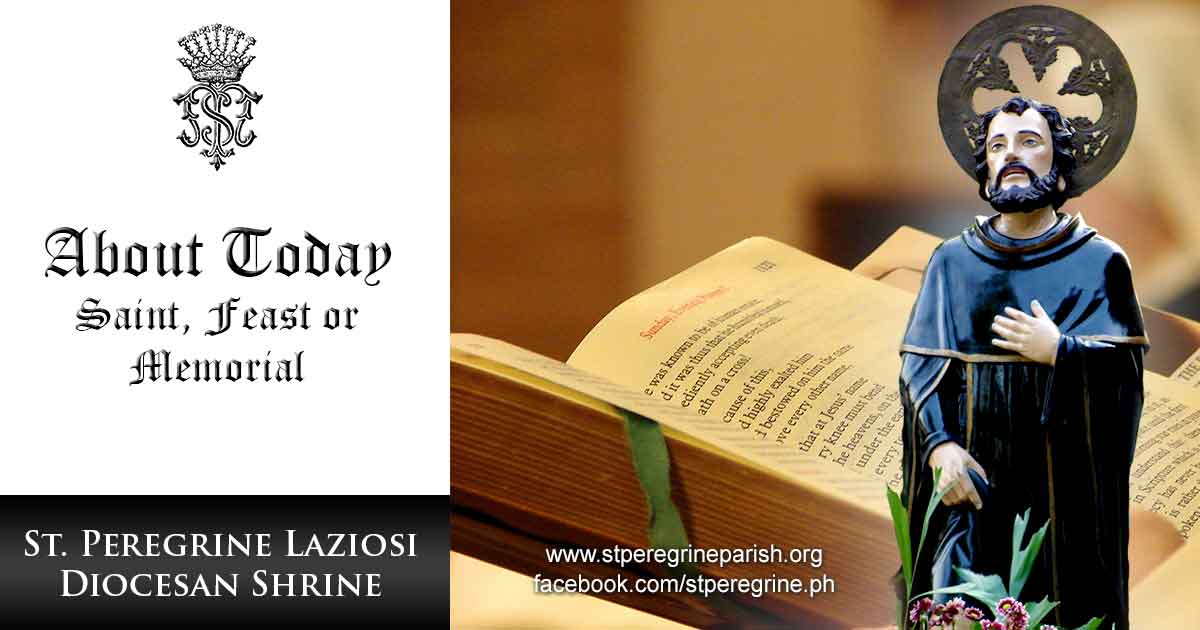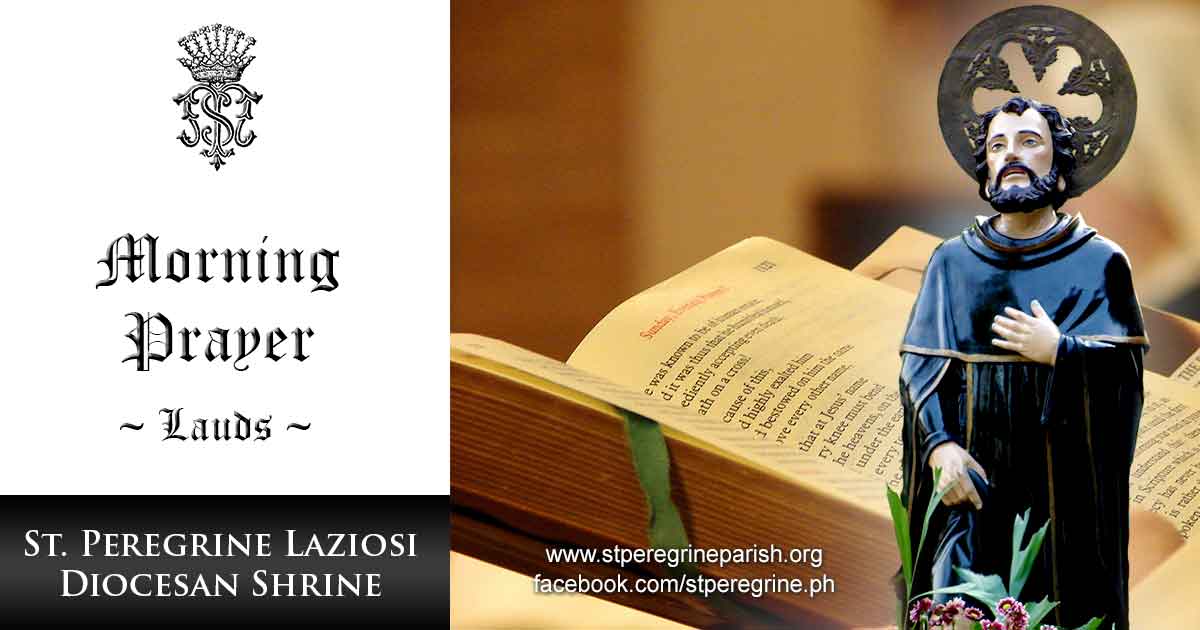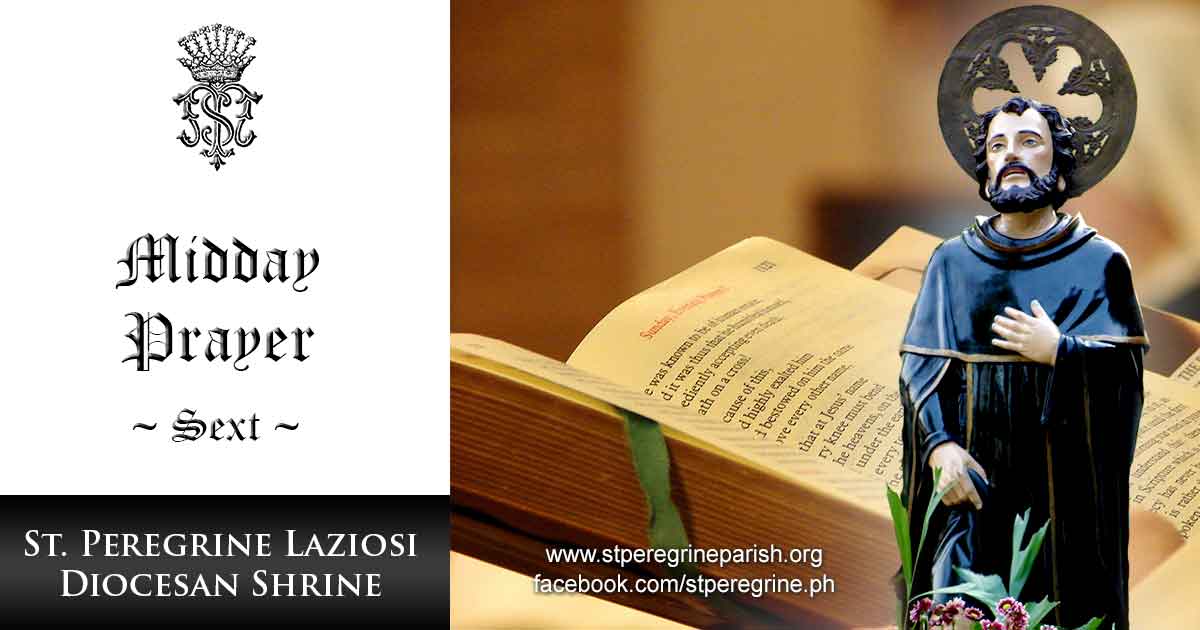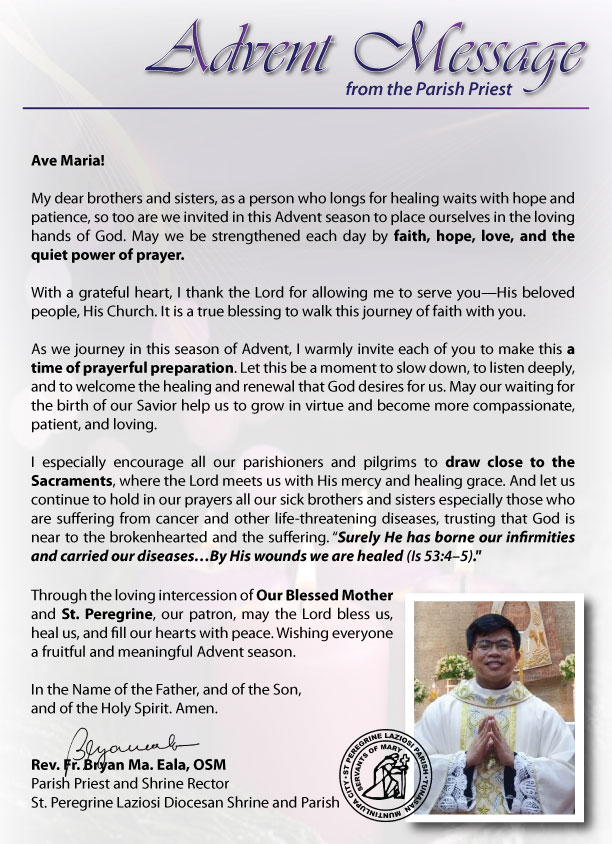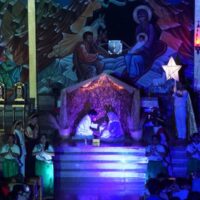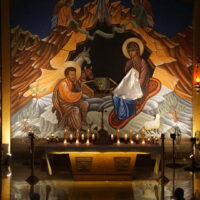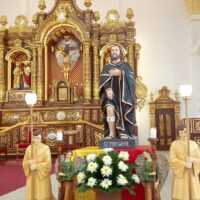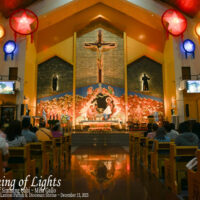Sunday of Divine Mercy
“But Thomas (who was called the Twin), one of the twelve, was not with them when Jesus came. So the other disciples told him, ‘We have seen the Lord.’ But he said to them, ‘Unless I see the mark of the nails in his hands, and put my finger in the mark of the nails and my hand in his side, I will not believe.’
A week later his disciples were again in the house, and Thomas was with them. Although the doors were shut, Jesus came and stood among them and said, ‘Peace be with you.’ Then he said to Thomas, ‘Put your finger here and see my hands. Reach out your hand and put it in my side. Do not doubt but believe.’ Thomas answered him, ‘My Lord and my God!’ Jesus said to him, ‘Have you believed because you have seen me? Blessed are those who have not seen and yet have come to believe,’” (John 20:24-29). [1]
The Church has placed a special emphasis on Mercy in the 21st century. Pope Francis announced a Holy Year of Mercy (Dec. 2015-Nov. 2016) to “offer more evident signs of God’s presence and closeness” and wrote “The Church of Mercy: A Vision for the Church.” Benedict XVI and John Paul II shared this vision by instituting the Feast of Mercy, canonizing the ‘Apostle of Mercy,’ Sister Mary Faustina Kowalska and writing the encyclicals “Rich in Mercy” and “God is Love.” Truly, the Church is calling upon the faithful to reflect upon this holy concept. [2]
Some practical options to integrate a devotion to Divine Mercy include prayer of the Divine Mercy chaplet, novena, or hour of mercy as well as going to Mass, Adoration, or receiving the Eucharist. Also, the faithful could act on the corporal and spiritual works of mercy or integrate the “ABC’s of mercy”: Ask for mercy, Be merciful, and Completely trust in Jesus. In doing so, we manifest our Lord’s grace to our brothers and sisters who, like Thomas, may need to see favor to believe it. [3][4]
Written by Sarah Ciotti
[1] New Revised Standard Version Bible: Catholic Edition, copyright © 1989, 1993 the Division of Christian Education of the National Council of the Churches of Christ in the United States of America. Used by permission. All rights reserved.
[2] Francis I, Homily, April 11, 2015.
[3] Apostolic Penitentiary, Decree on Indulgences attached to devotions in honour of Divine Mercy, June 29, 2002
[4] The Divine Mercy, “What is Divine Mercy?” www.thedivinemercy.org.
The English translation of The Liturgy of the Hours (Four Volumes) ©1974,
International Commission on English in the Liturgy
Corporation. Readings and Old and New Testament Canticles (except the Gospel Canticles) are from the New American Bible
© 1970 Confraternity of Christian Doctrine, Washington, D.C.. Used with permission. All rights reserved.
The DivineOffice.org website, podcast, apps and all related media follows the liturgical calendar for the United States.
The 1970 edition of the New American Bible as published in the Liturgy of the Hours is approved for use
only in the United States. DivineOffice.org website, podcast, apps and all related media is © 2006-2021
Surgeworks, Inc. All rights reserved.
 Diocese of Parañaque
Diocese of Parañaque

